You may have seen a post on this subreddit that highlights a potential flaw in Solana's tokenomics, that shows that the network is not currently economically sustainable without inflation. This is true, but what people here don't seem to realize, is that this is a problem for every blockchain. This inability to contextualize the flaws or strengths of a single project within the greater crypto ecosystem, is actually a major problem I've noticed for users of this subreddit, people here tend to look at these things in a vacuum. This inadvertently leads them to think that the strengths of their favorite project are shared by no one else and that the flaws of other blockchains aren't applicable to their own, but this is generally untrue.
Regardless, here is a more comprehensive look at how blockchains are able to pay the network operators, with respect to issuance (block rewards) and fees. These are some of the top L1's with regular issuance schedules that are programmed in at a protocol level. This means that these projects automatically issue new coins based on preset parameters, rather than manually issuing new coins at the discretion of a DAO or other governing body.
Terms: "disinflationary" = slowing rate of inflation (inflation trends to 0), "issuance" = new coins entering supply.
Bitcoin: Disinflationary supply + fee revenue. Current rate of inflation: 1.8%
Much like Solana, Bitcoin relies on a disinflationary block reward schedule referred to as the "halving", in which the block reward halves every 4 year. The split is typically 90-99% block reward and 1-10% fees, but a handful of times with high demand have spiked that percentage over 20%. This chart shows the ratio of fees paid compared to the block subsidy. As you can see, miners are paid mostly in newly minted BTC rather than fees, which means Bitcoin is being sustained with inflation as well. IMO this is the scariest example, as I would've hoped that the fees would've been comparatively more. Things like inscriptions have recently helped close the gap, albeit temporarily.
Ethereum: Dynamically adjusting rate of issuance + partial fee revenue. Current rate of inflation: 0.54% (-.19% from the time of the merge, meaning it has been net deflationary since that point)
Ethereum's issuance has dropped since the merge and now is dynamically calculated based on the amount of ETH staked and you can see it illustrated here. Because Ethereum is the most in-demand smart contract blockchain and because a portion of the fees are burnt instead of given to validators, it has stayed net deflationary since the merge, but of course that demand has lead to prohibitively expensive fees for a regular user. So Ethereum has issuance that could be inflationary, but because of the burn it can maintain net deflation with certain levels of demand.
BSC: Partial fee revenue only. Current rate of inflation: 0%
Binance Smart Chain does not have any block reward subsidy and pays validators only through transaction fees. 90% of the fees are burnt, leaving only 10% of the transaction fees to go to validators. This may seem like the most unsustainable example so far, but BSC has a much smaller network of validators sharing that pie(if this list is comprehensive, BSC has only 61 validators) and traditionally BSC has been one of the top fee generating blockchains, but recently the amount of fees has dwindled to an all-time low (source).
To my knowledge, ETH and BSC are the only blockchains able to pay validators and retain a deflationary supply(currently). But looking at these stats, it seems unlikely that BSC can continue that way.
Avalanche: Disinflationary supply, no fee revenue. Current rate of inflation: 18% (AVAX website shows ~8% staking APR but maybe this takes into account token unlocks for the other 10%?)
Avalanche burns all fees, meaning that validators are paid solely through newly distributed AVAX. They set aside 50% of the tokens at launch to pay validators, they also use a disinflationary schedule that will gradually reduce the rate of inflation until 2030 (source), when it will be exhausted. I'm not sure what the plan is, but validators are also able to get revenue from subnets (source). Although it's hard to find any stats or info on that, if someone has some good sources on how validators will operate after block rewards run out, I can supplement with that.
Cardano: Disinflationary supply + fee revenue. Current rate of inflation: 1.77%
Similarly to Avalanche, Cardano also set aside part of it's initial token supply for staking rewards, 30.9%. But the difference is that Cardano redirects fees back to staking pools evenly, instead of burning the fees. Don't feel like doing the math to normalize the numbers in this quote but they seem pretty low regardless, so any conversion seems unnecessary. "The expansion rate of monetary expansion is currently set at 0.3%, which means that 0.3% of the reserve balance is released per epoch. That sets off an annual inflation of ~2.0%. The monetary expansion is non-linear; greater amounts of ADA are released during the first years of the network but will decrease over time. By then, it’s expected that most rewards will come from transaction fees, solidified by the usage and adoption of the network." (source) Chart
Solana: Disinflationary supply + partial fee revenue. Current rate of inflation: 4.91%
Solana burns half the fees and gives the other half to validators. Solana also recently added local fee markets and priority fees, which serve a dual purpose of increasing revenue and discouraging spam, but like the other networks listed here, it needs the subsidy of block rewards for the time being.
So, as you can see, no one has solved this issue. Ethereum has an economically sustainable network by offsetting inflation with burns, but it also has prohibitively high fees. BSC has low fees and no inflation, but also sacrifices decentralization and security in exchange for a much smaller(and more affordable) validator set and has a potentially unsustainable source of revenue if fees keep trending in the same direction. There are clearly different approaches being taken with regards to the size of validator sets, what to do with fees, and whether to prioritize economics or scaling first. Can Ethereum distribute it's demand throughout it's network of L2's and provide better usability without sacrificing the revenue that makes it sustainable right now? Can Bitcoin/Solana/Avalanche/Cardano/(insert pretty much any other L1 here) scale up demand to provide enough revenue to validators before block rewards are gone? Can BSC survive on just 50% of the fees, with a low amount of validators, without sacrificing too much security/decentralization? These are questions worth asking, but people here don't ask them.
It can be hard to assess how much revenue each chain needs to maintain it's network, but we know that all of them are paid by either block rewards, fees, or a mix of both. We can safely assume that there is not an L1 that could exist without block rewards right now. The only way to close that gap is with growing transaction fees. This report by Messari gives a good look at how popular blockchains are growing with respect towards fees and other criteria.. You can see the chart comparing fees here.
Hopefully this helps people get a clearer picture of how the economic models of blockchains work, because judging by the hate on Solana on that previous post, it seems like most people here aren't aware that it is a problem for every chain. If I excluded a chain that you would like to see added, please comment with the pertinent details and preferably a link to where you found them.
[link] [comments]

You can get bonuses upto $100 FREE BONUS when you:
💰 Install these recommended apps:
💲 SocialGood - 100% Crypto Back on Everyday Shopping
💲 xPortal - The DeFi For The Next Billion
💲 CryptoTab Browser - Lightweight, fast, and ready to mine!
💰 Register on these recommended exchanges:
🟡 Binance🟡 Bitfinex🟡 Bitmart🟡 Bittrex🟡 Bitget
🟡 CoinEx🟡 Crypto.com🟡 Gate.io🟡 Huobi🟡 Kucoin.
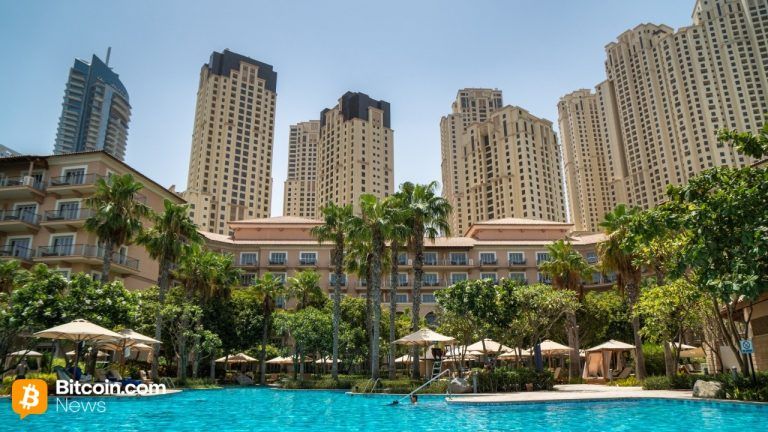
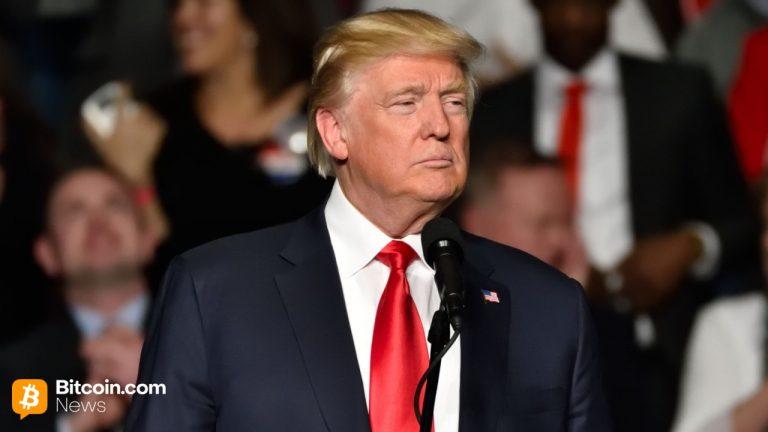

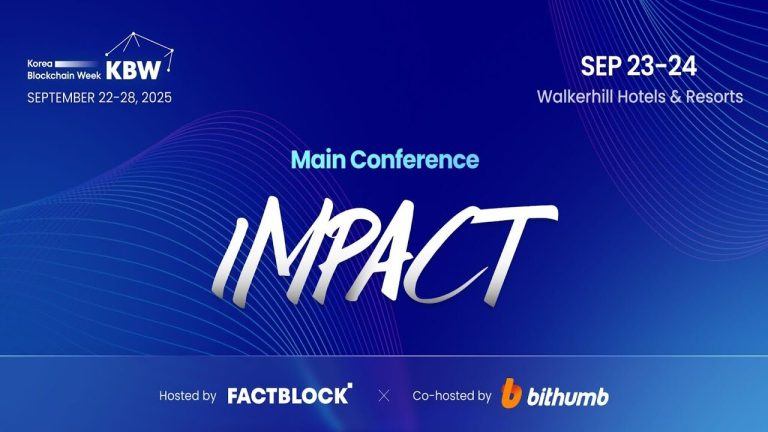
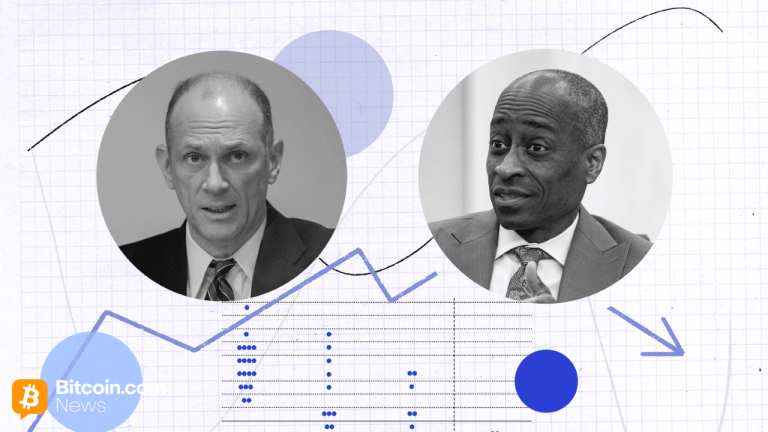
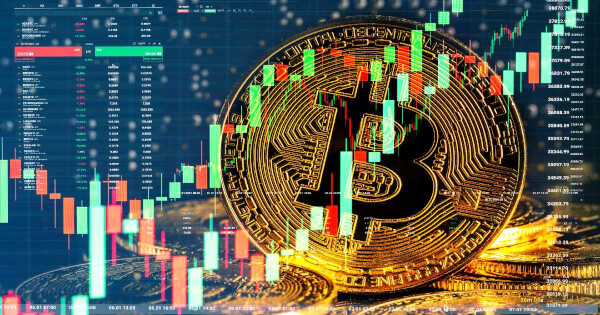
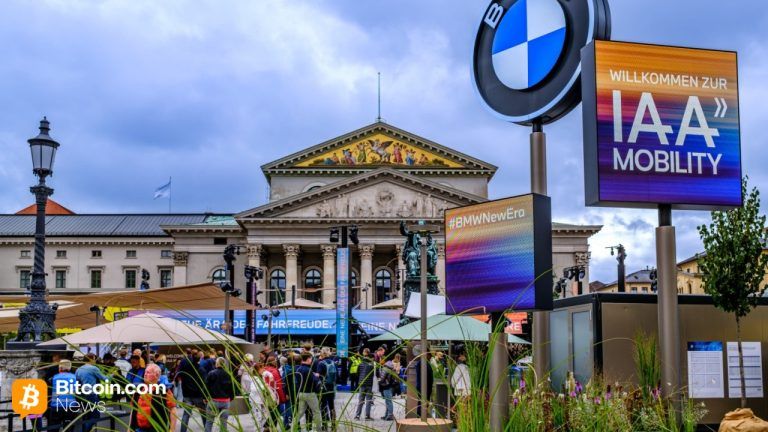
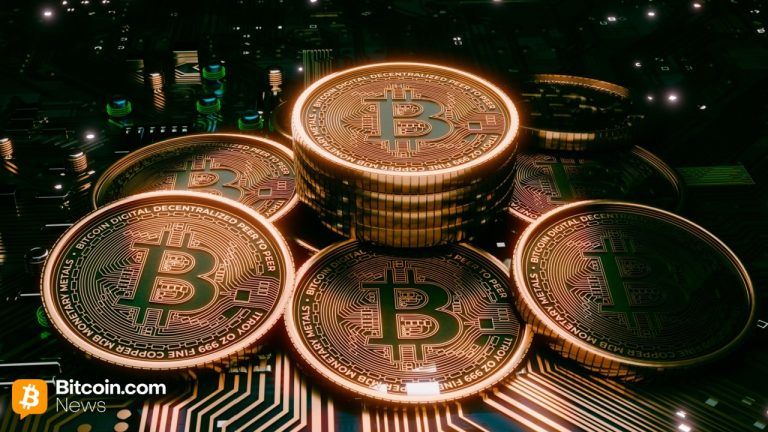
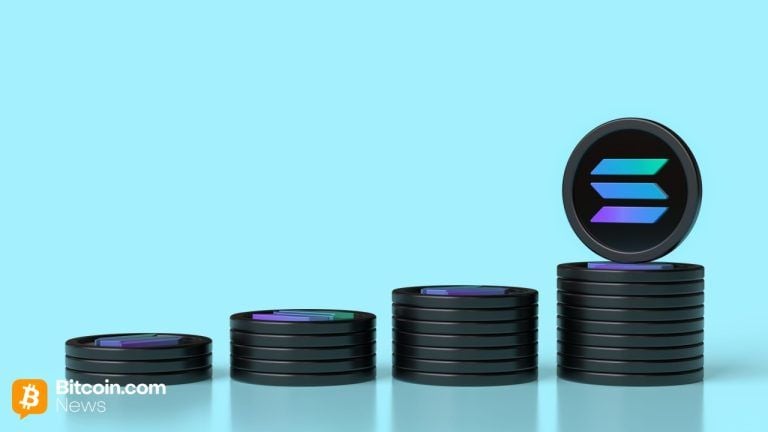
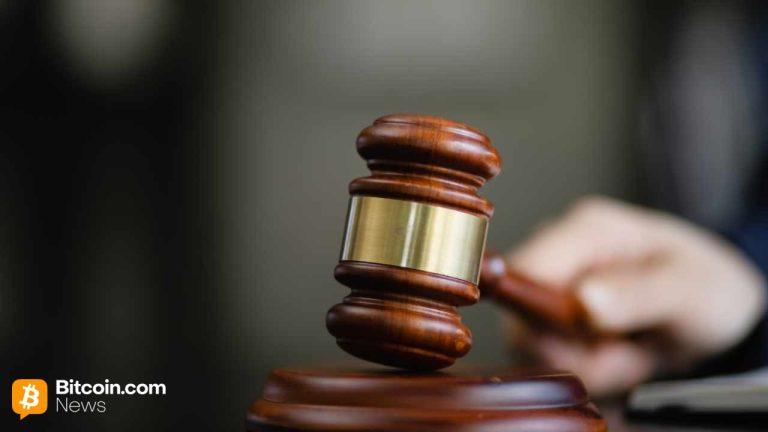
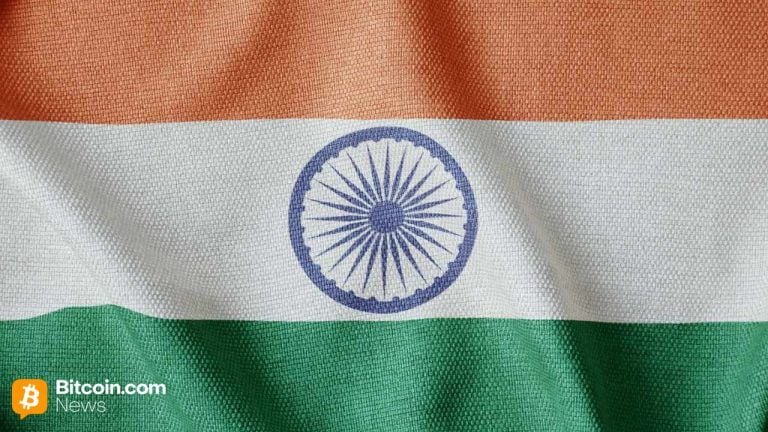
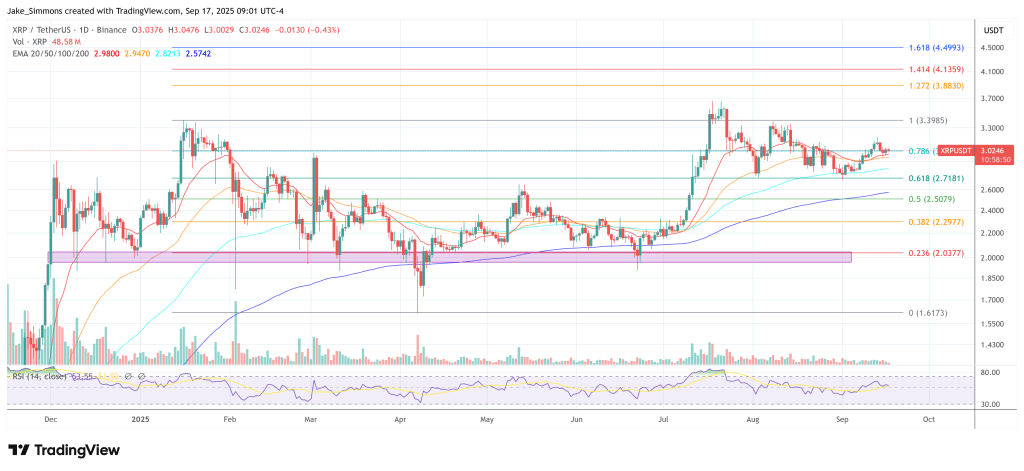

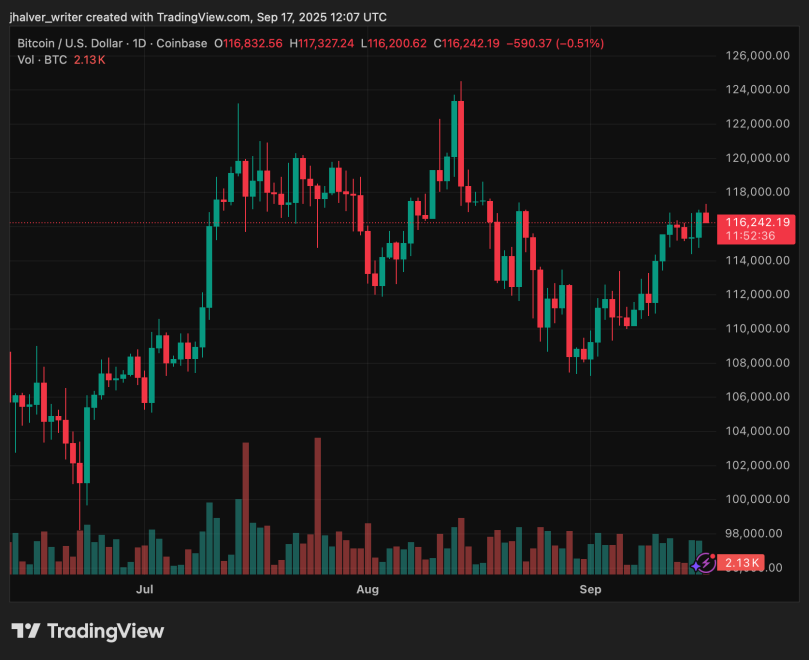
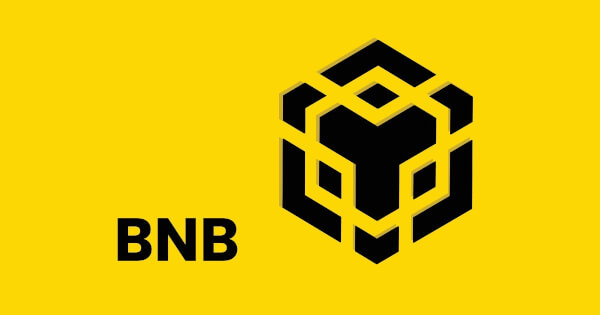


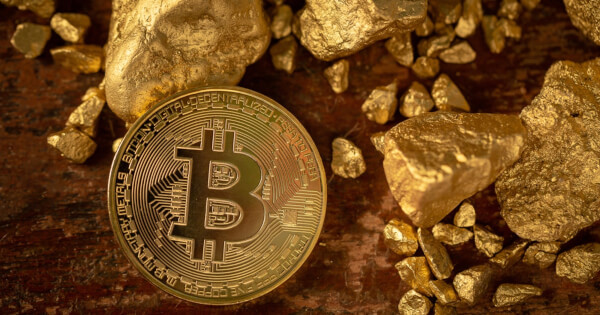
Comments